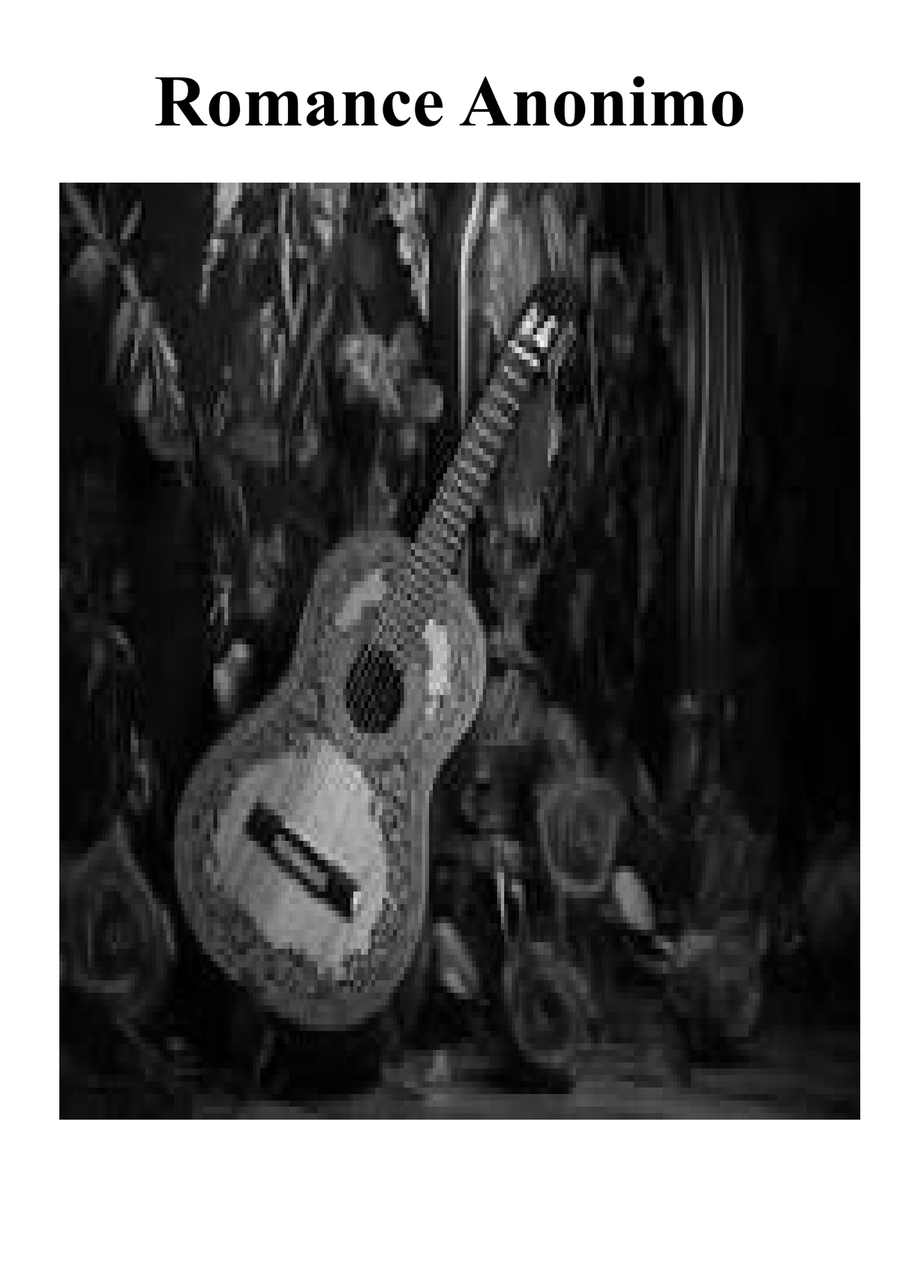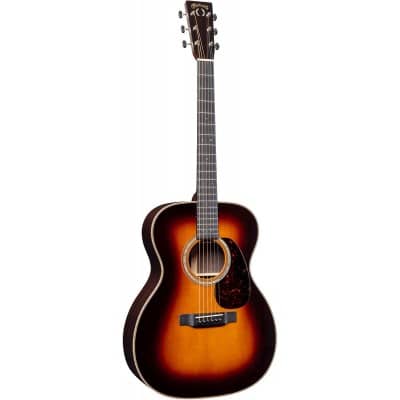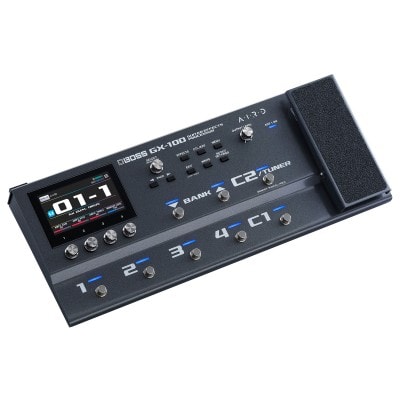
Divers
Niveau Intermédiaire: Grade 3-5
PARTITIONS GRATUITES GUITARE
PARTITIONS GRATUITES GUITARE
Guitar Album (Op.27 - Fifty Original Compositions and Arrangements for Guitar Solo)
Divers
Guitare seule (notation standard) / 1 PDF
Recherche #Various en #GUITARE
1 9 17 25 33 Plus de résultats ⇒ 734
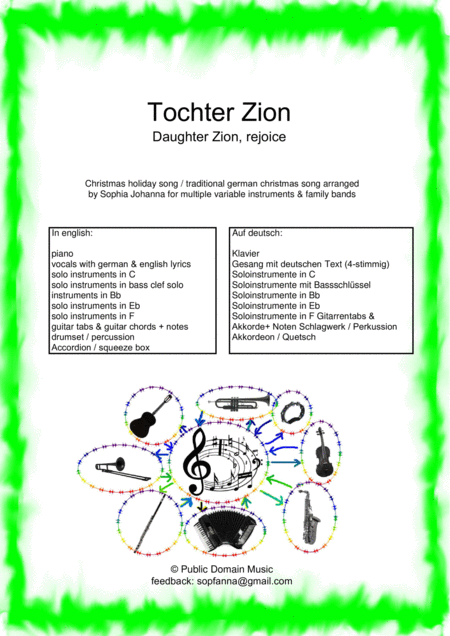 Tochter Zion - Daughter Zion, rejoice - for various instruments
Tochter Zion - Daughter Zion, rejoice - for various instruments
#Piano, Voix et Guitare
$4.99 #George Frideric Handel #Sophia Johanna #Sophia Transistor
 Let's live easy though various things happen
Let's live easy though various things happen
#Guitare
$7.95 #Siyoh Tomiyama #Les Productions d'OZ - Digital
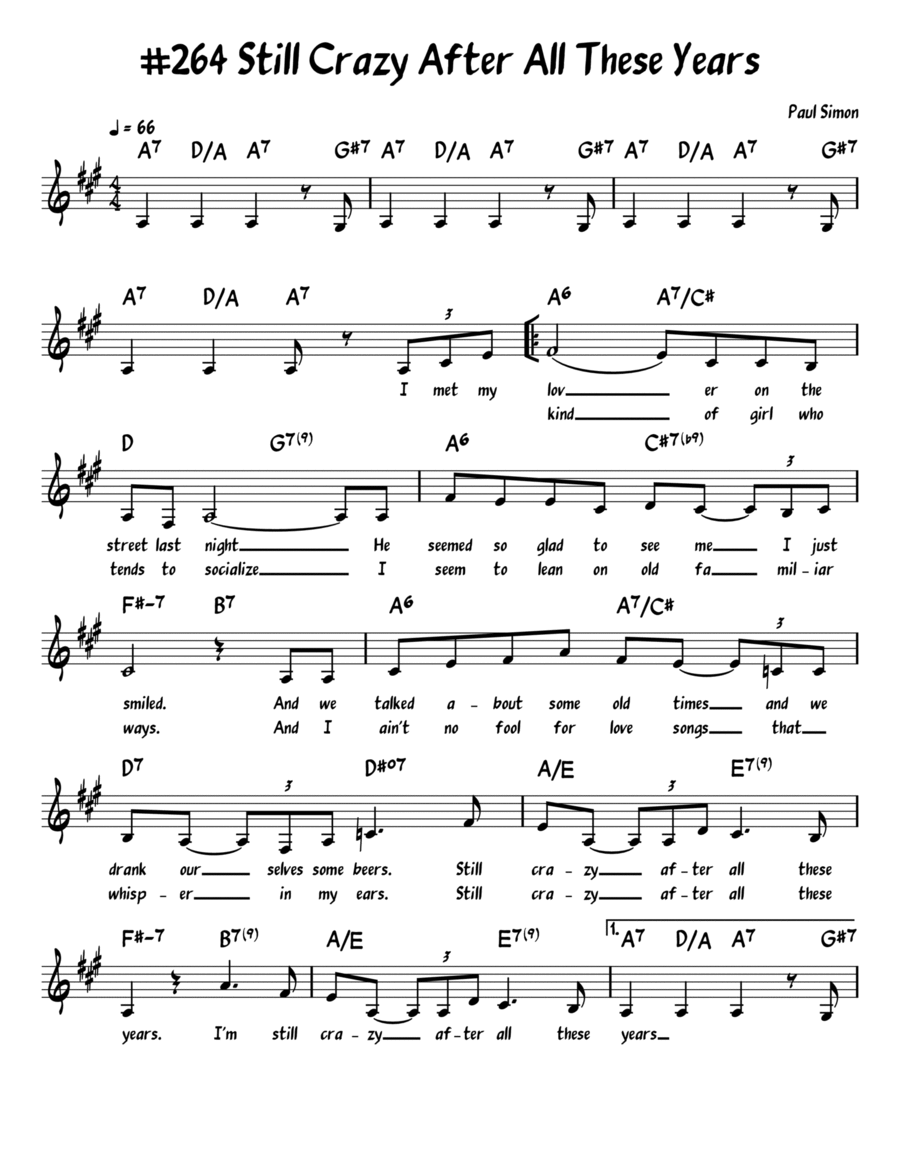 Still Crazy After All These Years
Still Crazy After All These Years
#Piano, Voix et Guitare
$4.99 #Simon And Garfunkel # #John Fries #John Fries
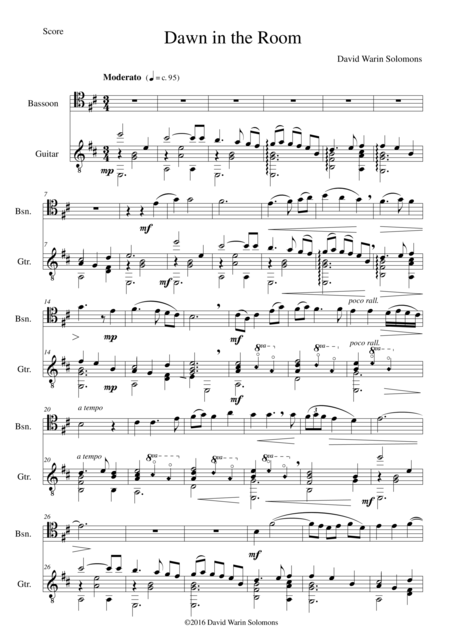 Dawn in the Room for bassoon and guitar
Dawn in the Room for bassoon and guitar
#Guitare, Basson
$10.00 #David Warin Solomons #David Warin Solomons
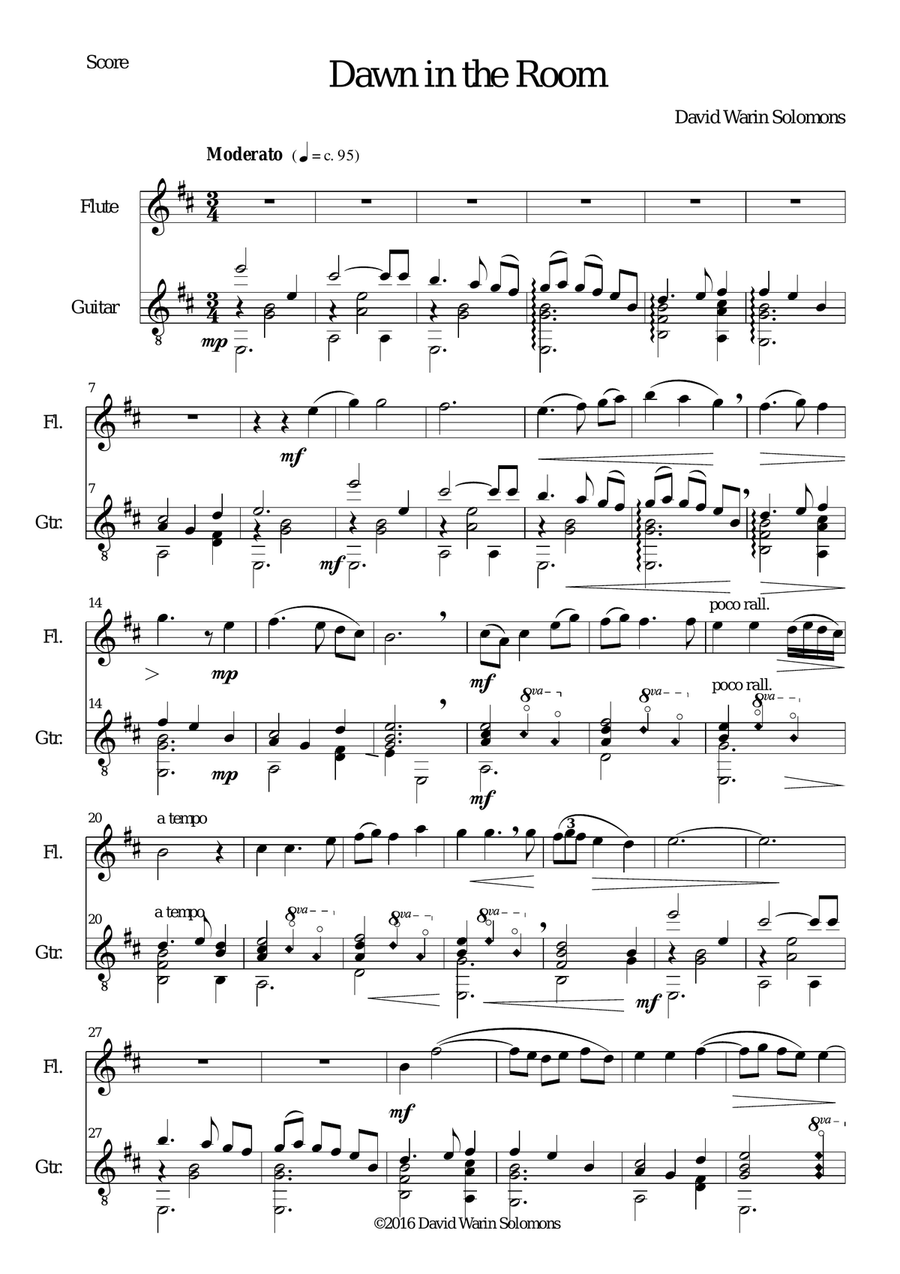 Dawn in the Room for flute and guitar
Dawn in the Room for flute and guitar
#Flûte et Guitare
$10.00 #David Warin Solomons #David Warin Solomons
 Baroque Anthology 2 - 20 easy Pieces for Guitar (from String Instrument Sources)
Baroque Anthology 2 - 20 easy Pieces for Guitar (from String Instrument Sources)
#Guitare
$20.00 #Various #Socrates Arvanitakis #Socrates Arvanitakis
 Plus de résultats numériques ⇒
Plus de résultats numériques ⇒

#Piano, Voix et Guitare
$4.99 #George Frideric Handel #Sophia Johanna #Sophia Transistor

#Guitare
$7.95 #Siyoh Tomiyama #Les Productions d'OZ - Digital

#Piano, Voix et Guitare
$4.99 #Simon And Garfunkel # #John Fries #John Fries

#Guitare, Basson
$10.00 #David Warin Solomons #David Warin Solomons

#Flûte et Guitare
$10.00 #David Warin Solomons #David Warin Solomons

#Guitare
$20.00 #Various #Socrates Arvanitakis #Socrates Arvanitakis
>









